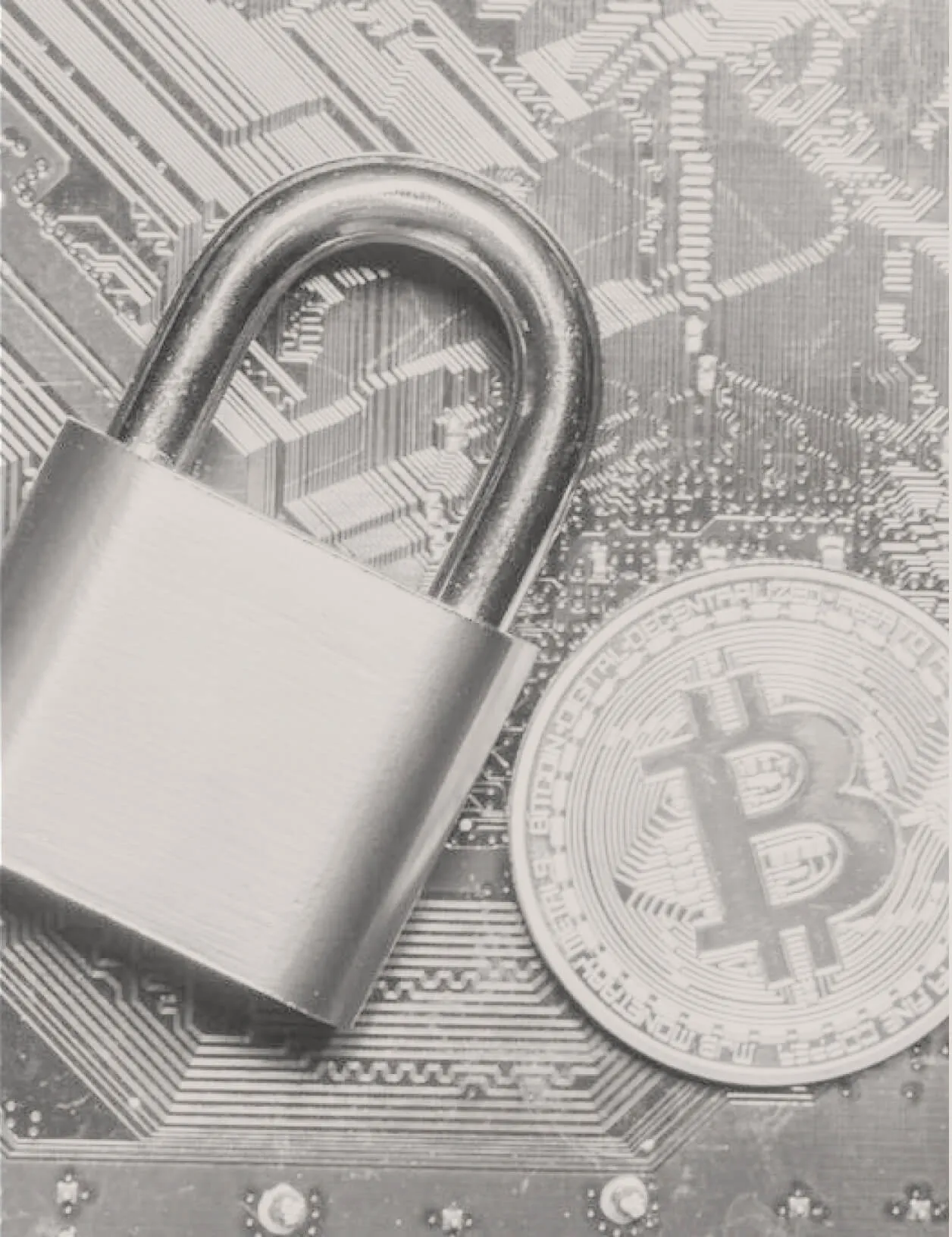Custody Protocol

CheckSig Clear places the custody infrastructure at the core of its offering. Designed to meet the highest security standards, it is tailored to the needs of traditional financial institutions. The protocol, transparent and publicly verifiable, integrates multi-level authorizations, multi-signature, and approval quorums, ensuring total protection and continuous monitoring.
Complete Solution
The infrastructure guarantees adherence to the highest custody standards and is designed to adapt to the specific needs of the intermediary, who can choose to maintain full control of private keys, adopt a hybrid model, or delegate key management to the custodian. Built to be easily usable even by non-technical operators, it relies on patented technology capable of protecting assets from external attacks, human errors, and internal breaches through an inherently redundant architecture.
Resilient Infrastructure
The custody protocol is engineered to offer maximum robustness, combining security, transparency, and verifiability. Documentation is publicly available via a detailed white paper, while periodic audits by external certifiers further strengthen trust in the entire system.
The infrastructure is structured in multiple layers and uses a multi-signature configuration, with a customizable number of keys based on the intermediary’s operational needs and security requirements. The system includes three custody levels, each requiring its own signature quorum to authorize the transfer of assets to the next level.
The areas called “Frozen” and “Cold” remain completely offline, drastically reducing exposure to attacks and maximizing protection. As an additional safeguard, timelock mechanisms are implemented to temporarily freeze assets in case of suspicious or unauthorized movements, adding an extra security barrier.
Continuous Monitoring
Transparency is the fundamental pillar on which the entire custody framework is based. Unlike many operators who adopt a security-by-obscurity approach, this model stands out for its openness and verifiability. The architecture is designed to be transparent from the outset: a public white paper details its functioning, while the Proof-of-Reserves enables, through a cryptographic mechanism, verification at any time of the actual availability and full control of the assets in custody.
Asset Visibility
Proof-of-Reserves is one of the most distinctive elements of the infrastructure. A pioneering innovation that elevates asset custody transparency well beyond industry standards. It is comparable to a camera constantly pointed at the vault: a cryptographic surveillance system that is always active and accessible to anyone, enabling continuous and independent verification. At any time, it is possible to verify that assets are indeed held, fully controlled, and consistent with what is reported in the institution’s accounting records.
External Actors
The basic custody model, fully configurable by the intermediary, involves direct participation of external actors in the operation approval process. This ensures that every asset movement requires joint intervention by multiple parties, preventing any single entity from acting autonomously. This additional security layer, without hindering operability, provides structural protection against unauthorized access or transfers.